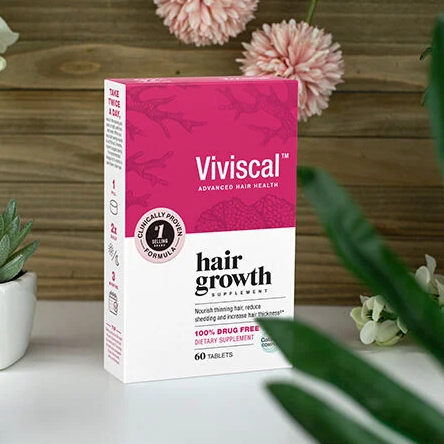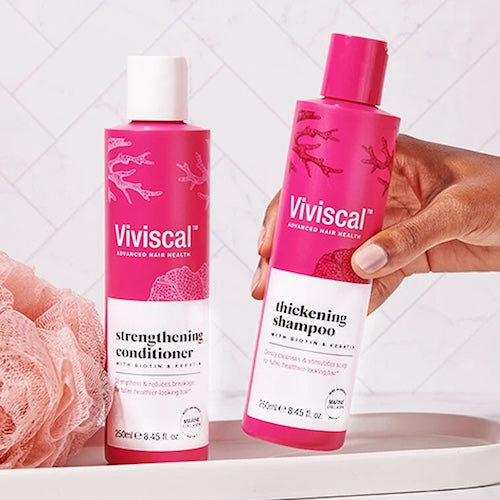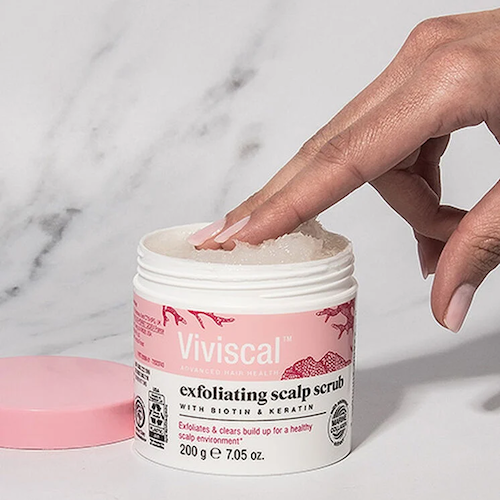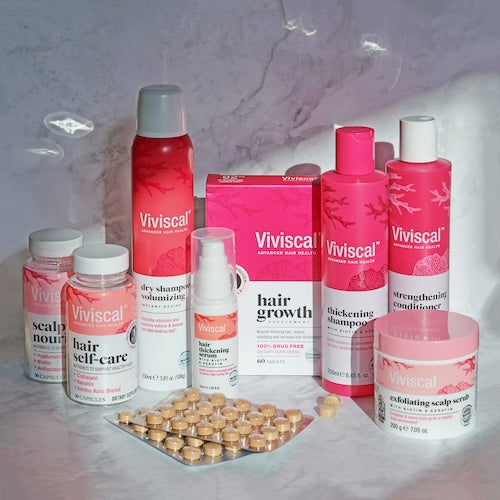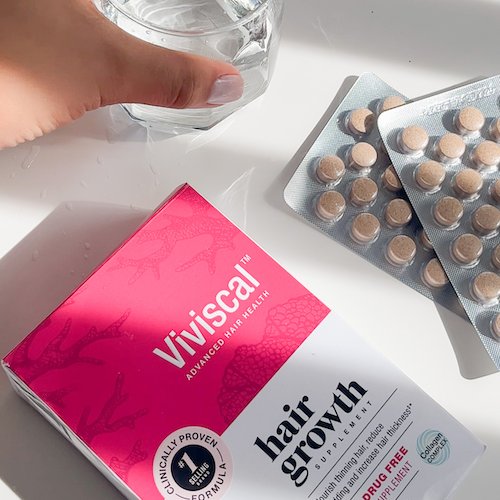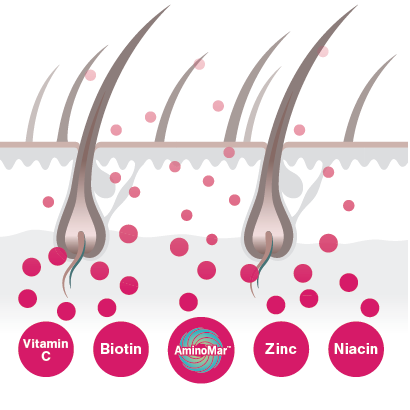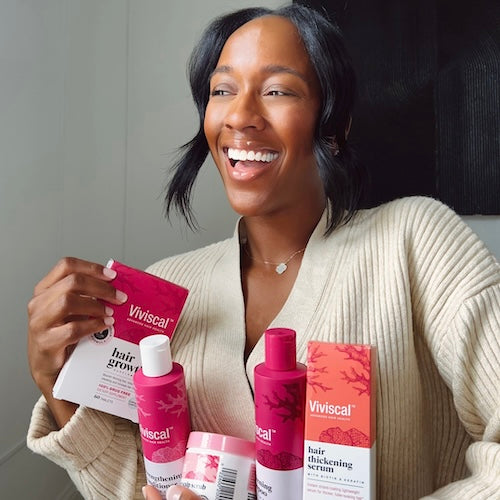Ponytails, no longer just a gym staple, appear on the red carpet at every awards show. Trendsetters like Blake Lively, Bella Hadid and Kim Kardashian sport ponytails and topknots with natural hair and longer-than-long hair extensions.
That ultra-tight, sleek Ponytail is a chic and easy go-to style but it could also be causing major damage to your hair and scalp. New Beauty talks to Dr. Carlos K. Wesley, a New York-based specialist in women’s and men’s hair restoration, to uncover exactly what that chic ponytail is doing to your hair and scalp.
Your Ponytail Is Bad for You
When you tightly pull back that ponytail, don’t ignore the aching in your scalp that develops halfway through the day. This throbbing is that sign that your taut ponytail could be causing serious damage.
Dr. Wesley explains, “Over the course of time, persistent traction on your hair follicles can loosen and prematurely pull the hair shaft out from the scalp. For prolonged periods of time, the persistent mild inflammation around the follicle and continuous tension on the follicle can lead to Gradual Hair Loss And Scarring in the area where the hair had originally grown.”
In other words, your daily ponytail could eventually lead to traction alopecia. This is a type of hair loss caused by breakage due to tight, damaging hairstyles like braids and ponytails. Eventually, these styles can even cause scarring that permanently damages hair follicles. If a hair follicle has not produced a strand in two years or more, the follicle may no longer be viable and your bald spot could be permanent. Yikes! At that point, only surgical hair restoration or daily use of hair loss drugs (such as Minoxidil) forever will give you back your hair.
But don’t panic. Dr. Wesley reassures that if you take action right away, most women can avoid permanent hair loss due to traction alopecia. “If the beginning stages of traction alopecia are detected,” he says, “stopping the constant, persistent pulling is the first step to recovering,” So start today and let go of the tight hair bands and opt for looser styles instead. At the gym, use a non-damaging ponytail band such as an Invisibobble.
How To Treat Traction Alopecia
To ease the symptoms of a scarred and damaged scalp, New Beauty recommends asking your doctor about antibiotics or topical corticosteroids. Also, be sure that your damaged follicles are receiving the nutrients they need to grow strong and thick hair with less hair loss. A hair growth supplement like Viviscal Hair Growth Supplements delivers Vitamins, minerals and marine extracts to starved follicles to maintain healthy hair growth. This is a good long-term solution for hair growth that takes several months to deliver results, but is a good way to nourish hair growth from within, in line with your natural Hair Growth Cycle.


